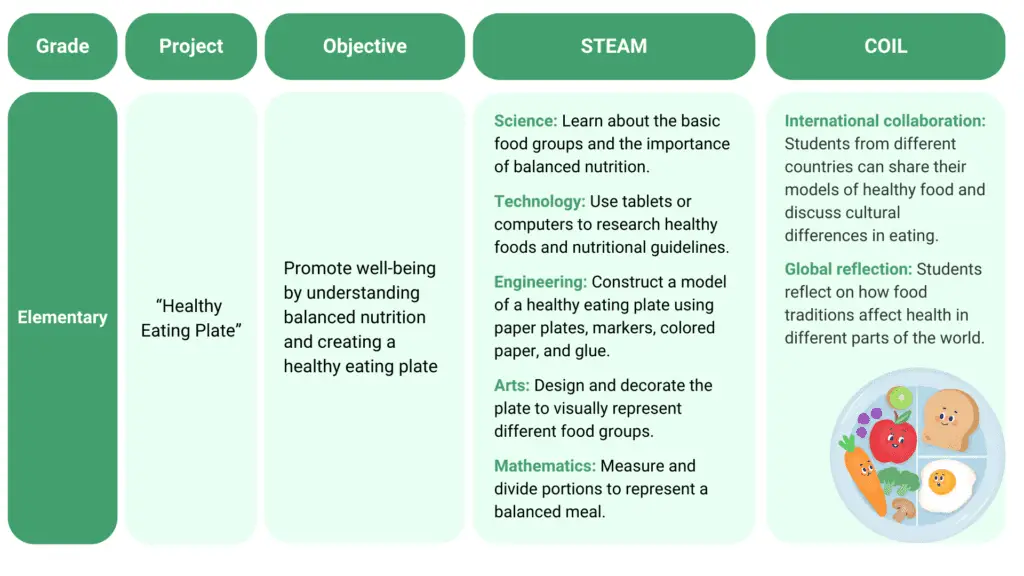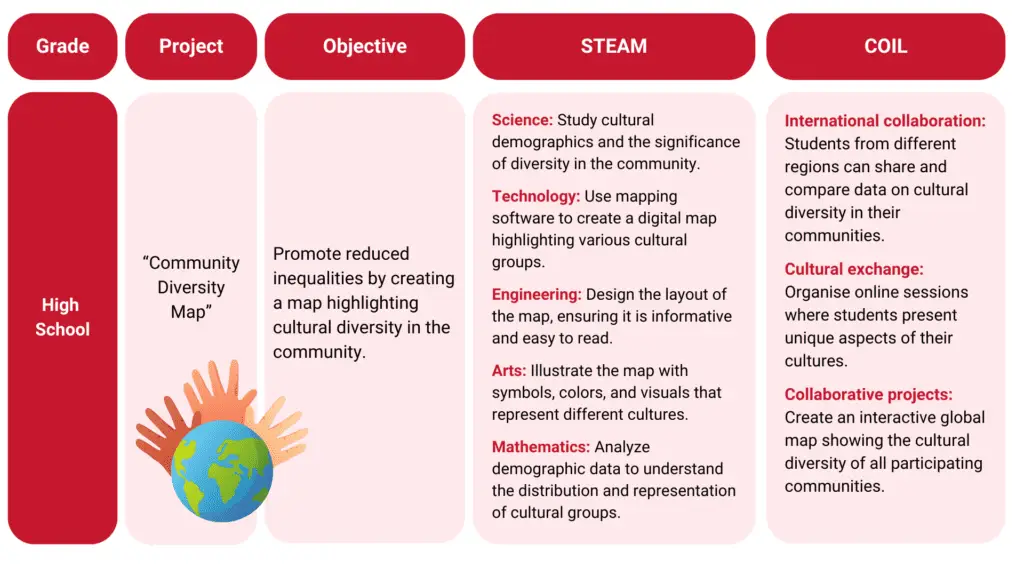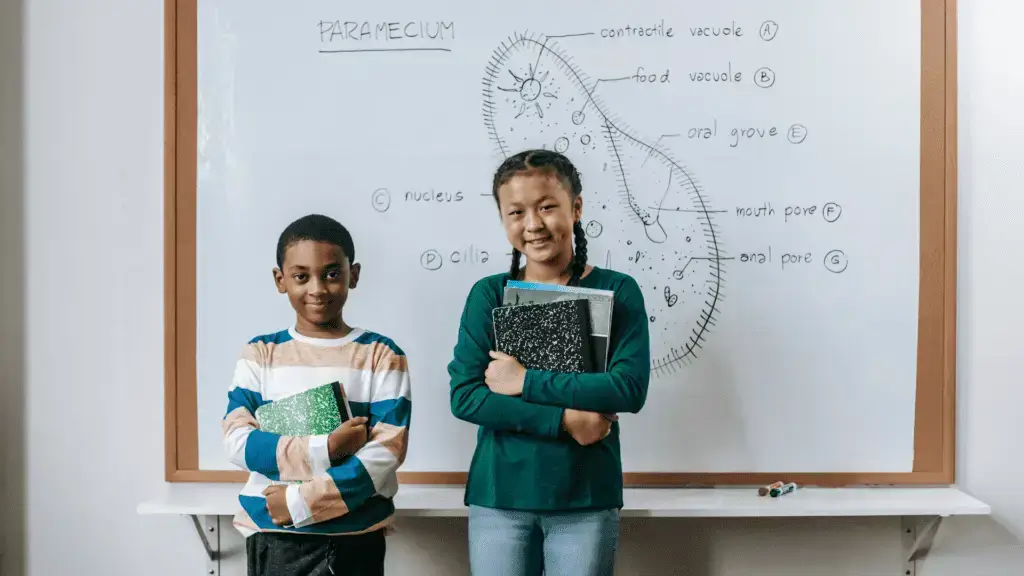In our field of education, the integration of science, technology, engineering, arts, and mathematics (STEAM) has become critical to preparing students for the challenges of tomorrow. Today, we invite you to explore an approach that promises to take your STEAM education to new heights: Collaborative Online International Learning (COIL). Let’s embark on a journey to transform your classroom into a hub of global innovation and cross-cultural understanding.
STEAM and COIL: A Pathway to Global Competence
STEAM education is an interdisciplinary approach that integrates Science, Technology, Engineering, Arts, and Mathematics. This method of learning encourages creativity, critical thinking, and problem-solving skills, preparing students for the complex challenges of the 21st century.
It has already revolutionized our approach to learning, seamlessly connecting disciplines that were once taught in isolation. Now, envision enhancing this interdisciplinary approach with a global perspective. COIL offers this transformative opportunity, enabling your students to collaborate on meaningful projects that address real-world challenges while honing crucial STEAM skills.
By integrating COIL into your STEAM curriculum, you’re not just teaching subjects; you’re fostering global citizenship, cultural empathy, and innovative thinking. This powerful combination prepares students to thrive in our interconnected world, equipping them with the skills and mindset needed to create positive change on a global scale.
The STEAM Stages: Now with an International Twist!
The STEAM learning process encompasses five key stages, each of which can be significantly enhanced through Collaborative Online International Learning (COIL). Let’s explore these stages and how COIL can enrich each one:
- Exploration: In this initial stage, students investigate concepts, ask questions, and gather information. COIL empowers students to explore global perspectives on STEAM topics, broadening their understanding and curiosity.
- Integration: Here, students combine knowledge from different STEAM disciplines. COIL facilitates the integration of diverse cultural and academic approaches, enriching the learning experience.
- Application: This stage involves applying integrated knowledge to solve real-world problems. COIL expands the scope of these applications to a global scale.
- Innovation: Students create new ideas or improve existing ones at this stage. COIL introduces diverse viewpoints that can spark truly innovative thinking.
- Reflection: In this final stage, students evaluate their learning process and outcomes. COIL adds depth to this reflection by incorporating cross-cultural experiences and global awareness.
By integrating COIL into each of these STEAM stages, we create a learning environment that transcends borders, fostering not only academic excellence but also cultural understanding and global awareness.
Examples of STEAM Projects for COIL
To inspire your COIL-STEAM implementation, here are three project ideas that combine international collaboration with STEAM principles:



Ready, Set, Collaborate: Your COIL-STEAM Toolkit
Implementing STEAM projects through COIL requires careful planning and execution. Here are some practical strategies to help you get started:
Set Clear Objectives
Begin by defining specific goals for your STEAM projects that align with curriculum standards and promote international collaboration. Consider both the academic outcomes and the cross-cultural skills you want your students to develop.
Identify Partner Classrooms
Utilize platforms like Class2Class.org to find and connect with international partner classrooms. Look for schools with similar interests and compatible schedules to ensure a smooth collaboration.
Design Collaborative Projects
Plan projects that encourage teamwork and problem-solving across borders. Consider global challenges related to the UN Sustainable Development Goals as potential project themes.
Utilize Class2Class.org Tools
Leverage the resources available on Class2Class.org to support your STEAM projects. The platform offers various tools for communication, project management, and resource sharing that can facilitate your international collaboration.
Integrating COIL into STEAM education offers a powerful way to enhance global competencies while deepening students’ understanding of science, technology, engineering, arts, and mathematics. By implementing these strategies and project ideas, teachers like you can transform their classrooms into hubs of innovation and global learning.
We encourage you to take the next step in your STEAM-COIL journey by joining Class2Class.org today!


